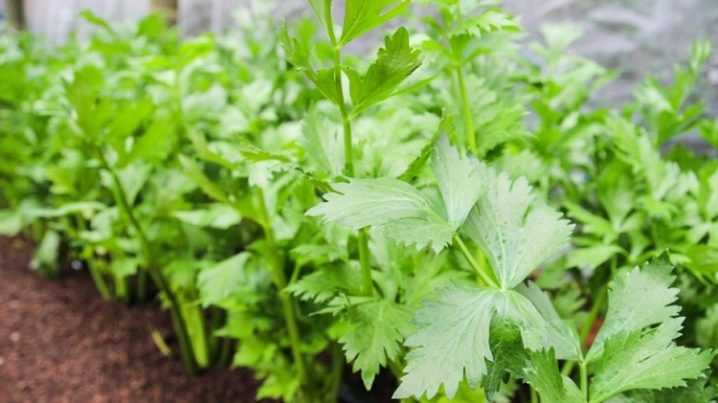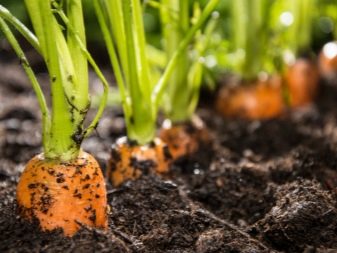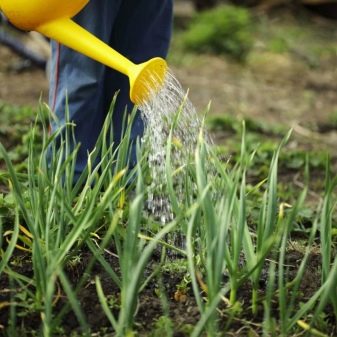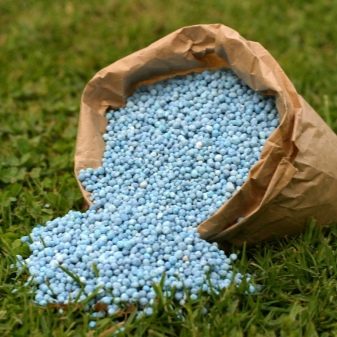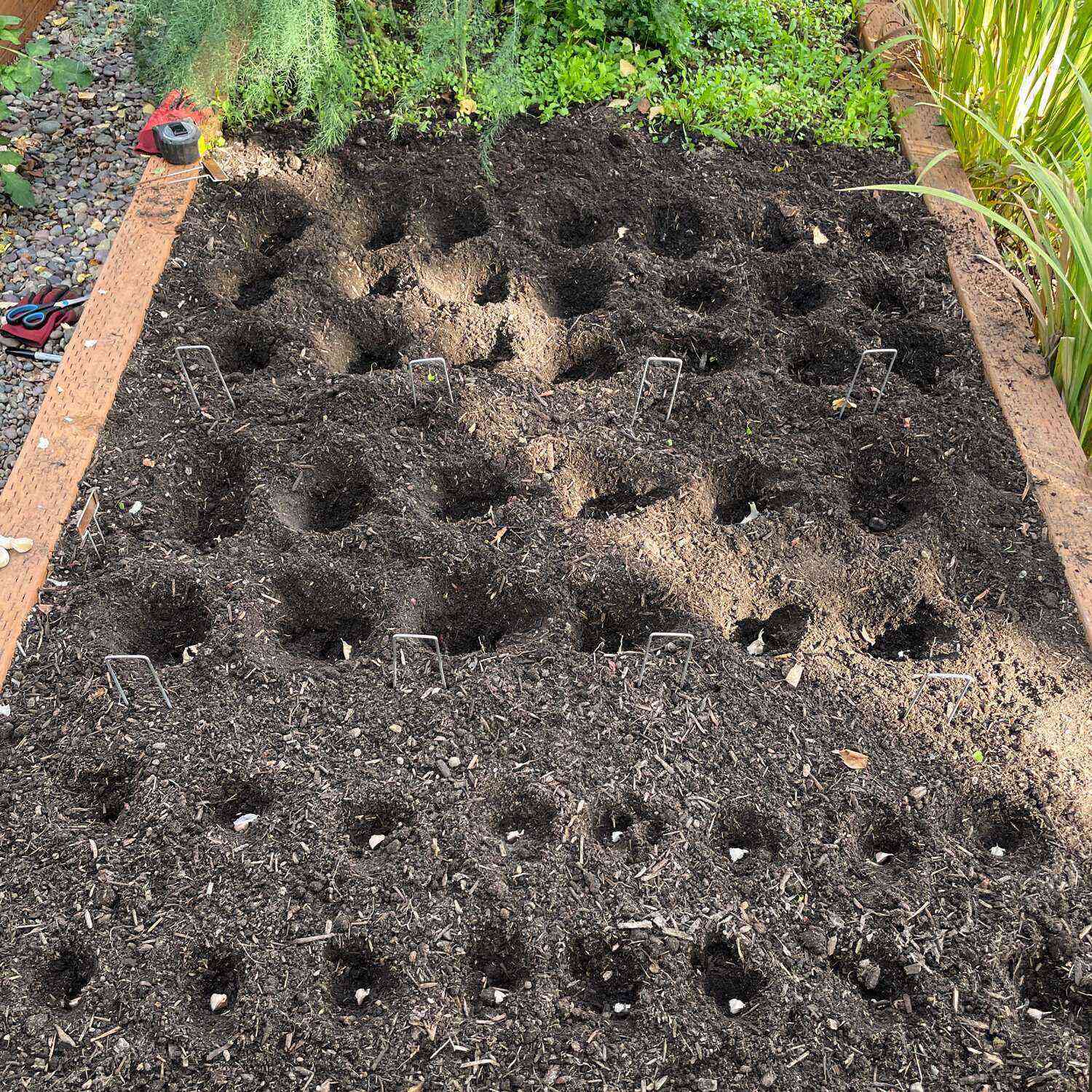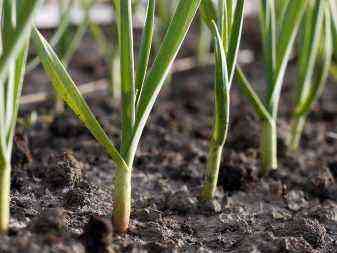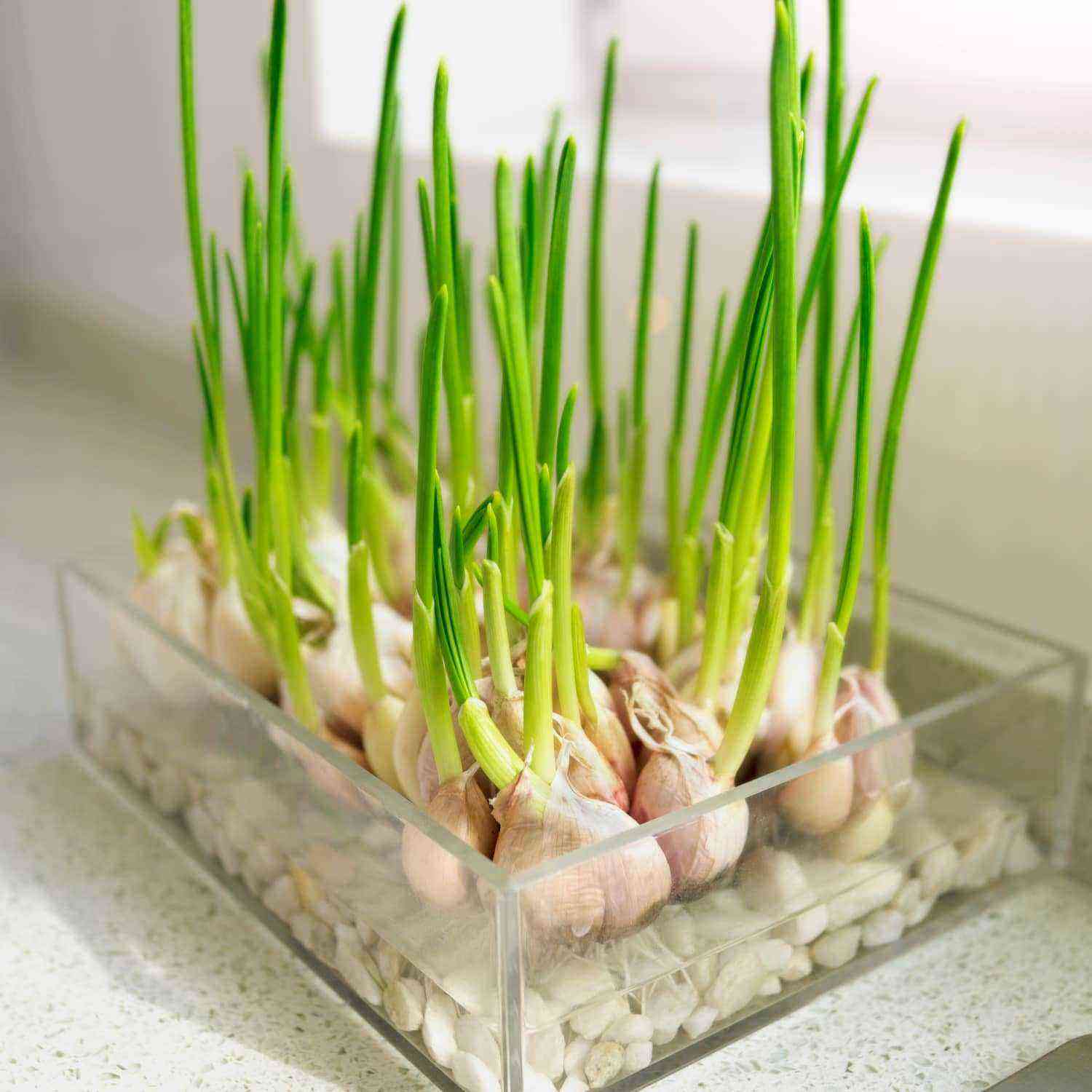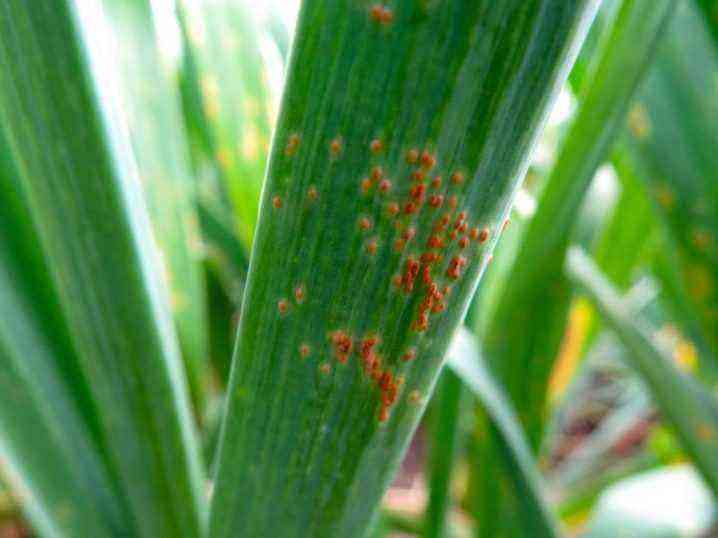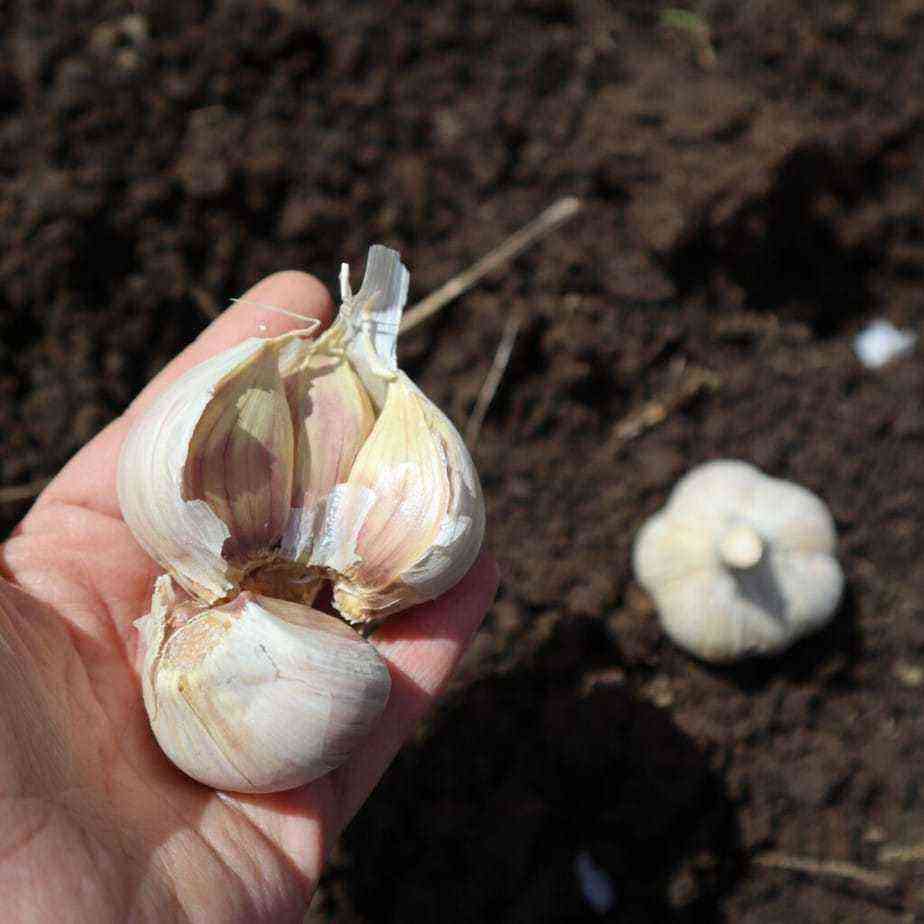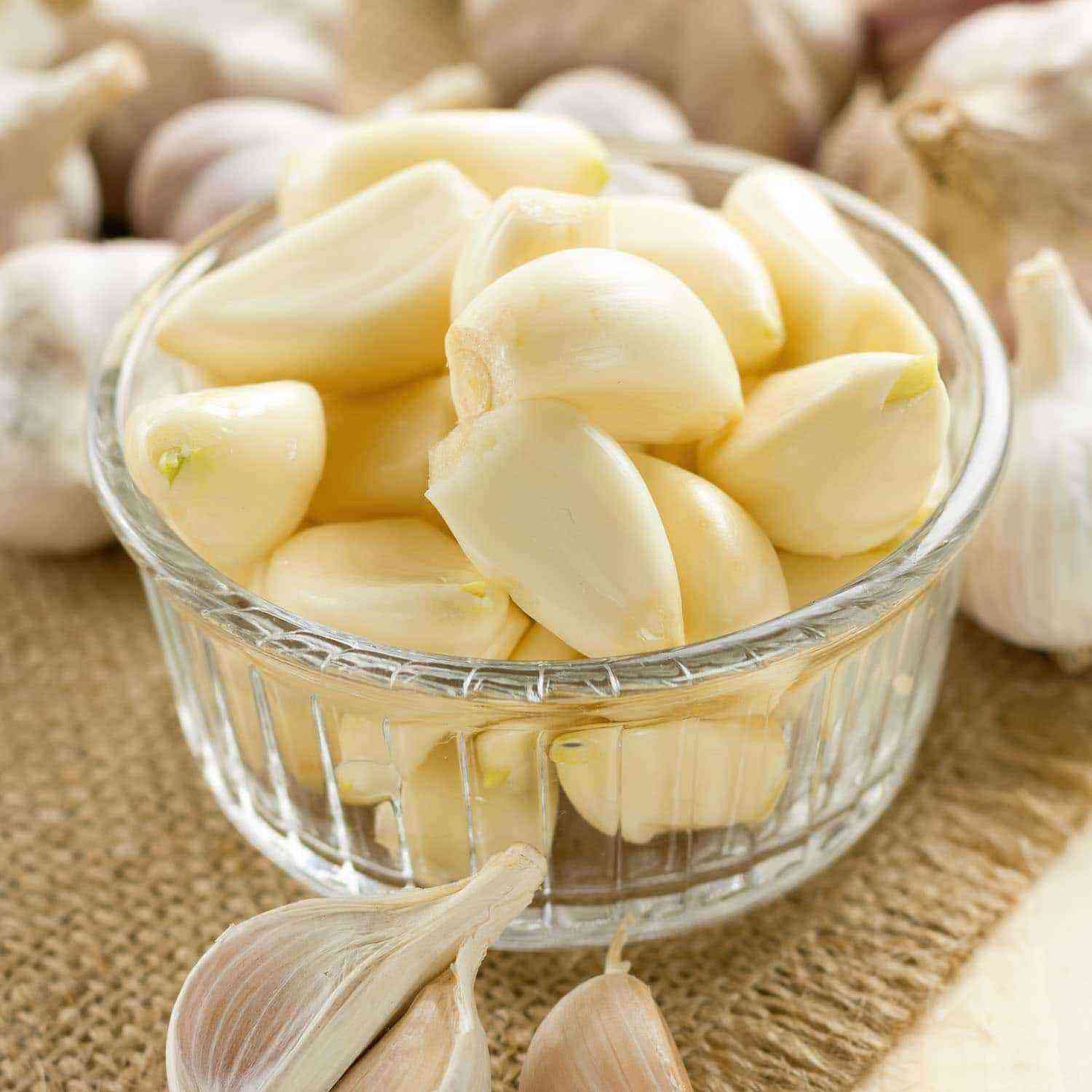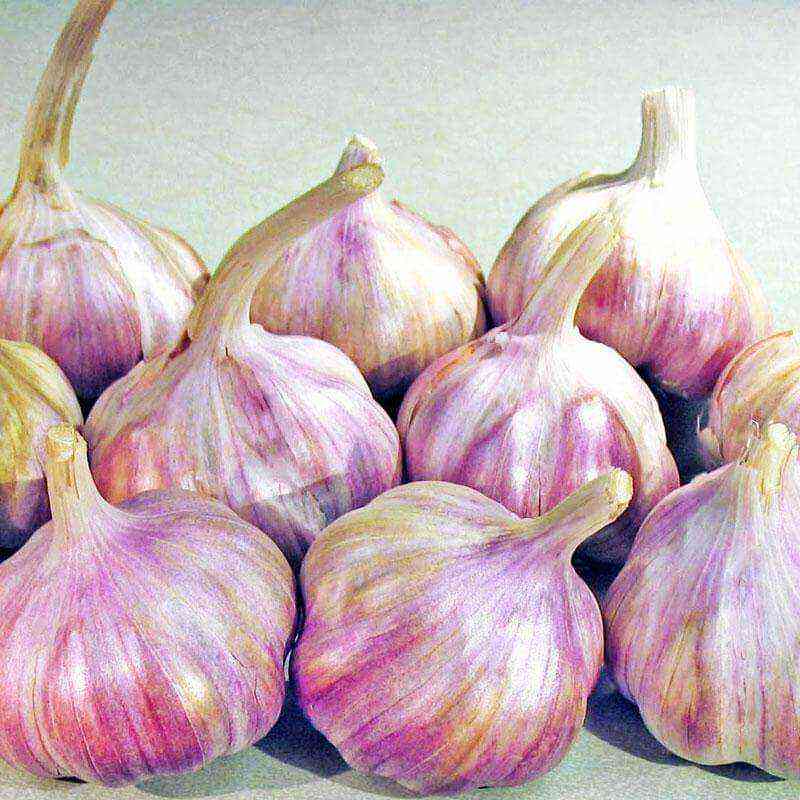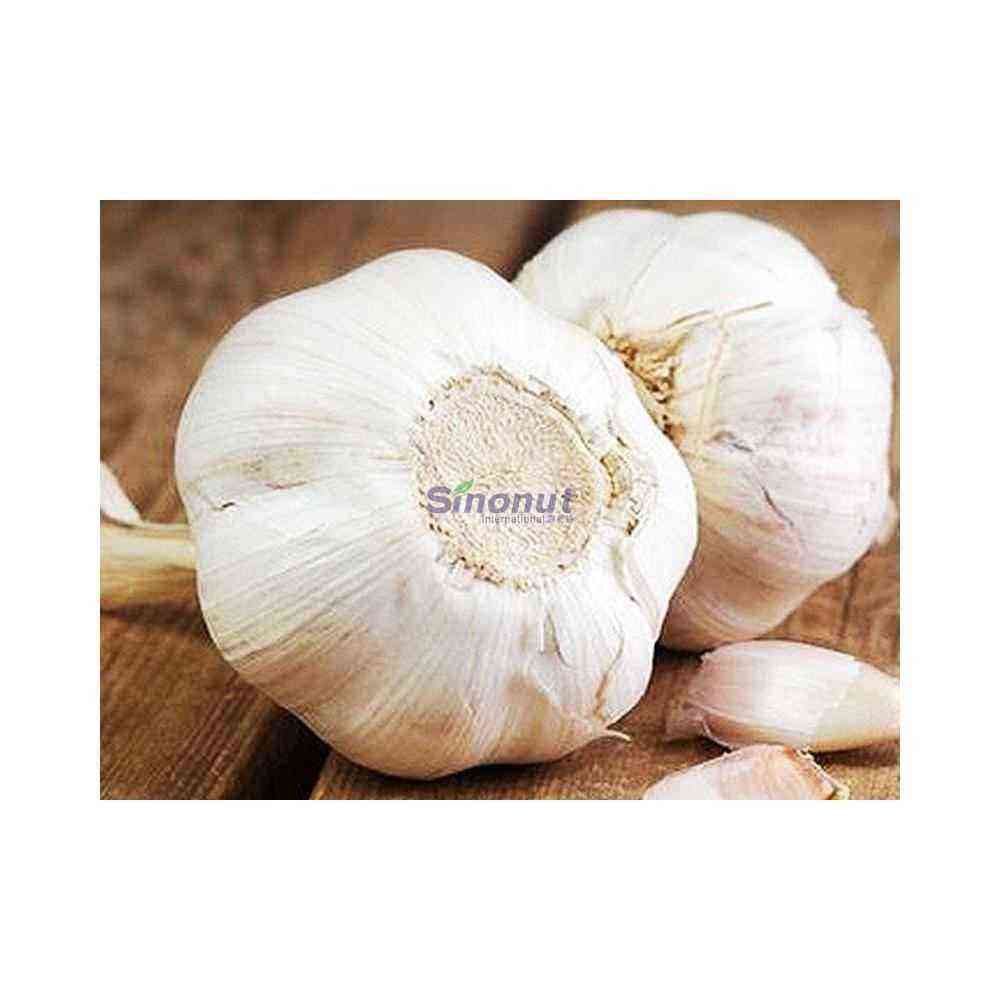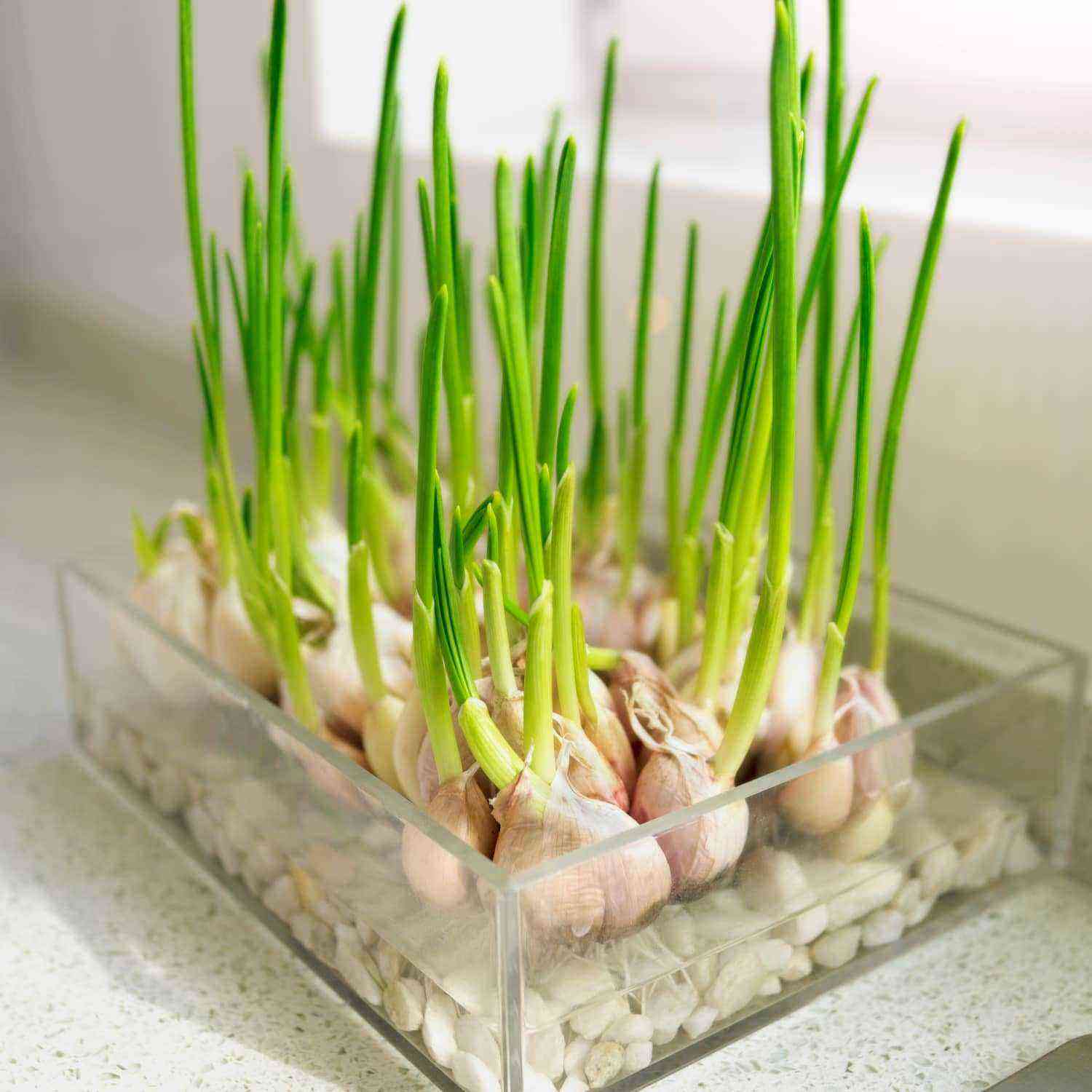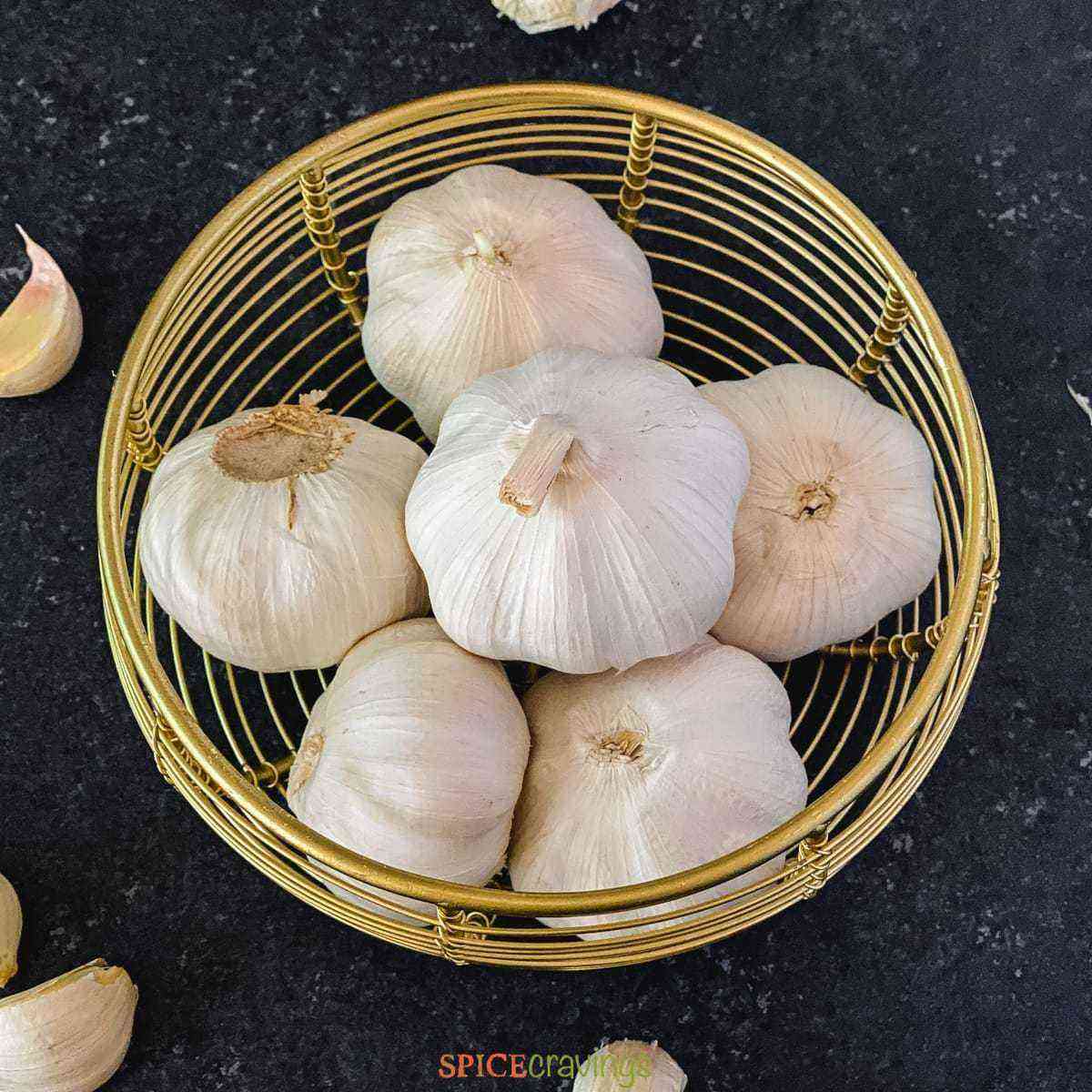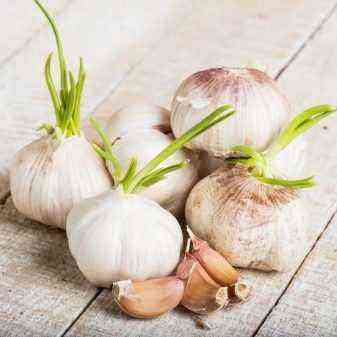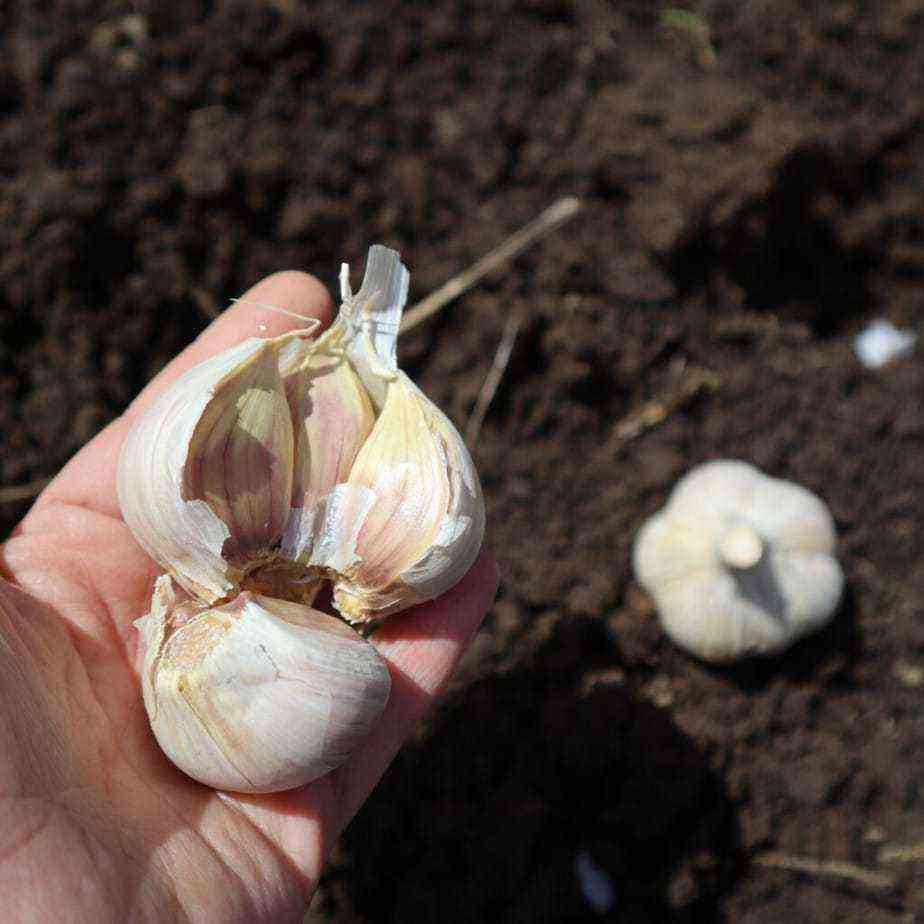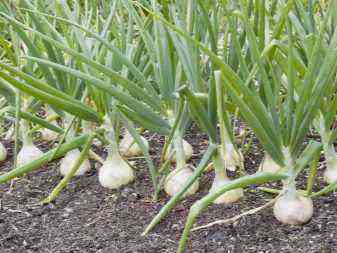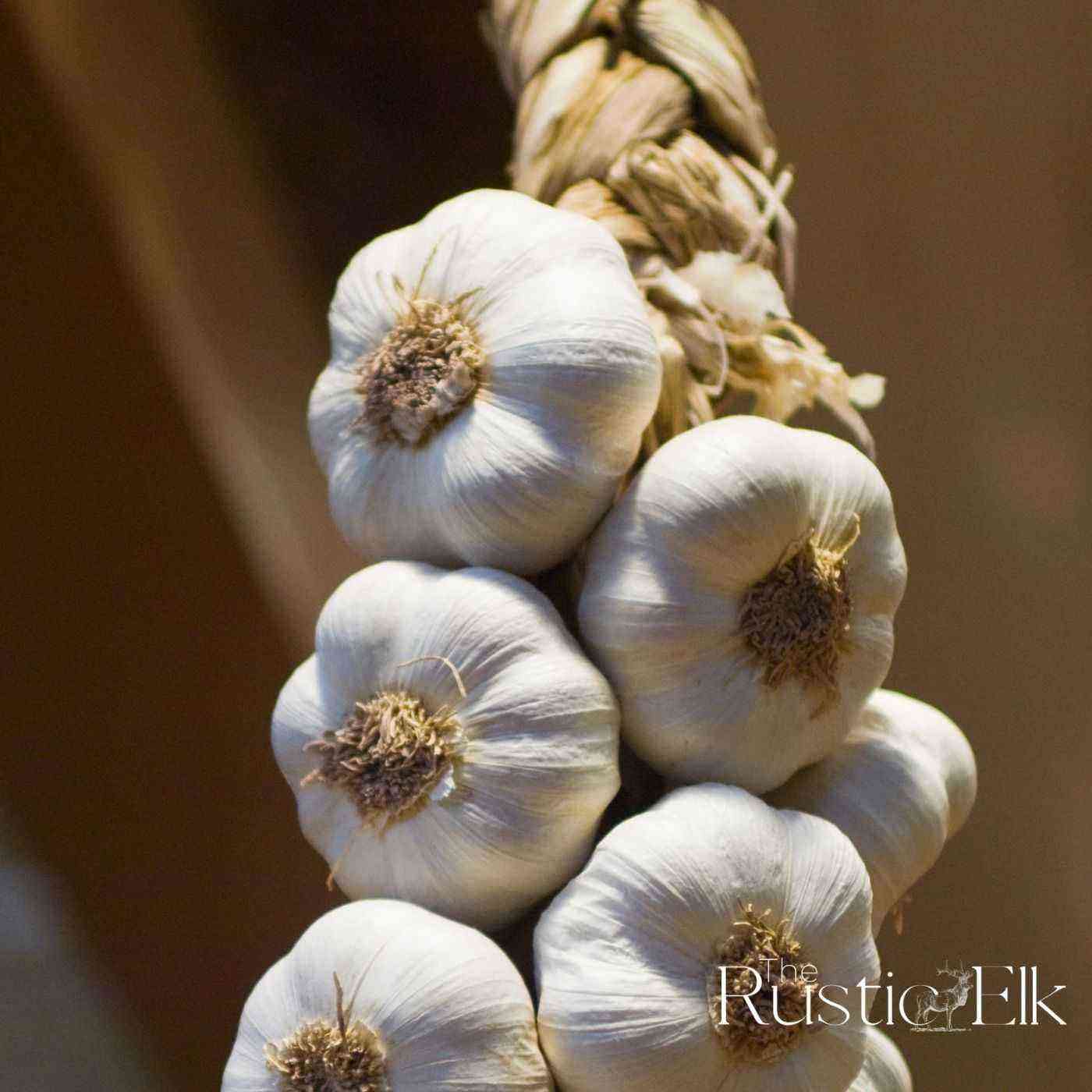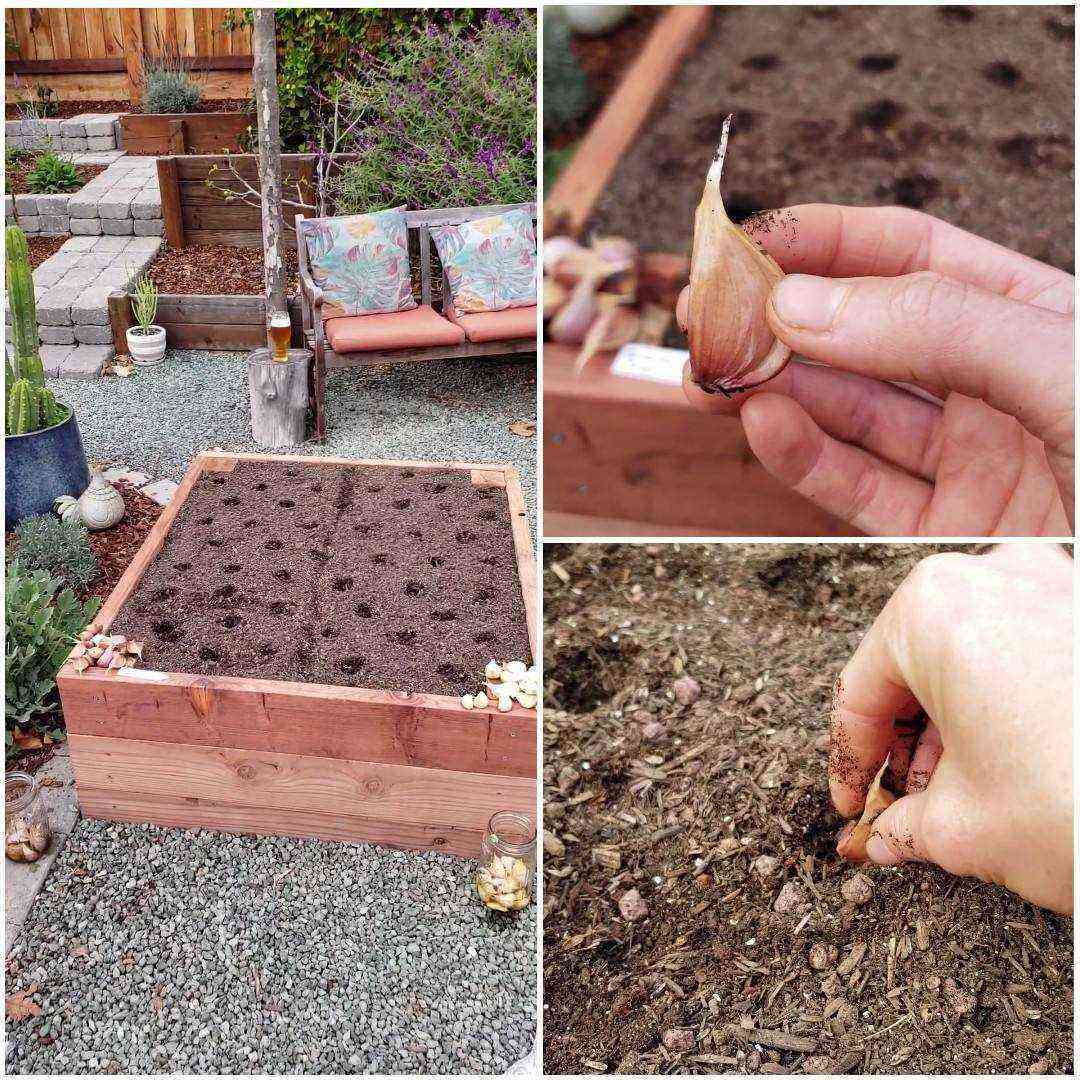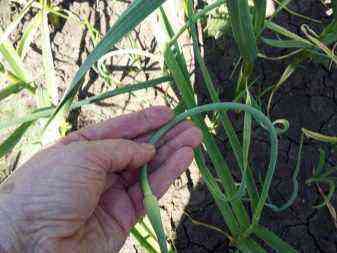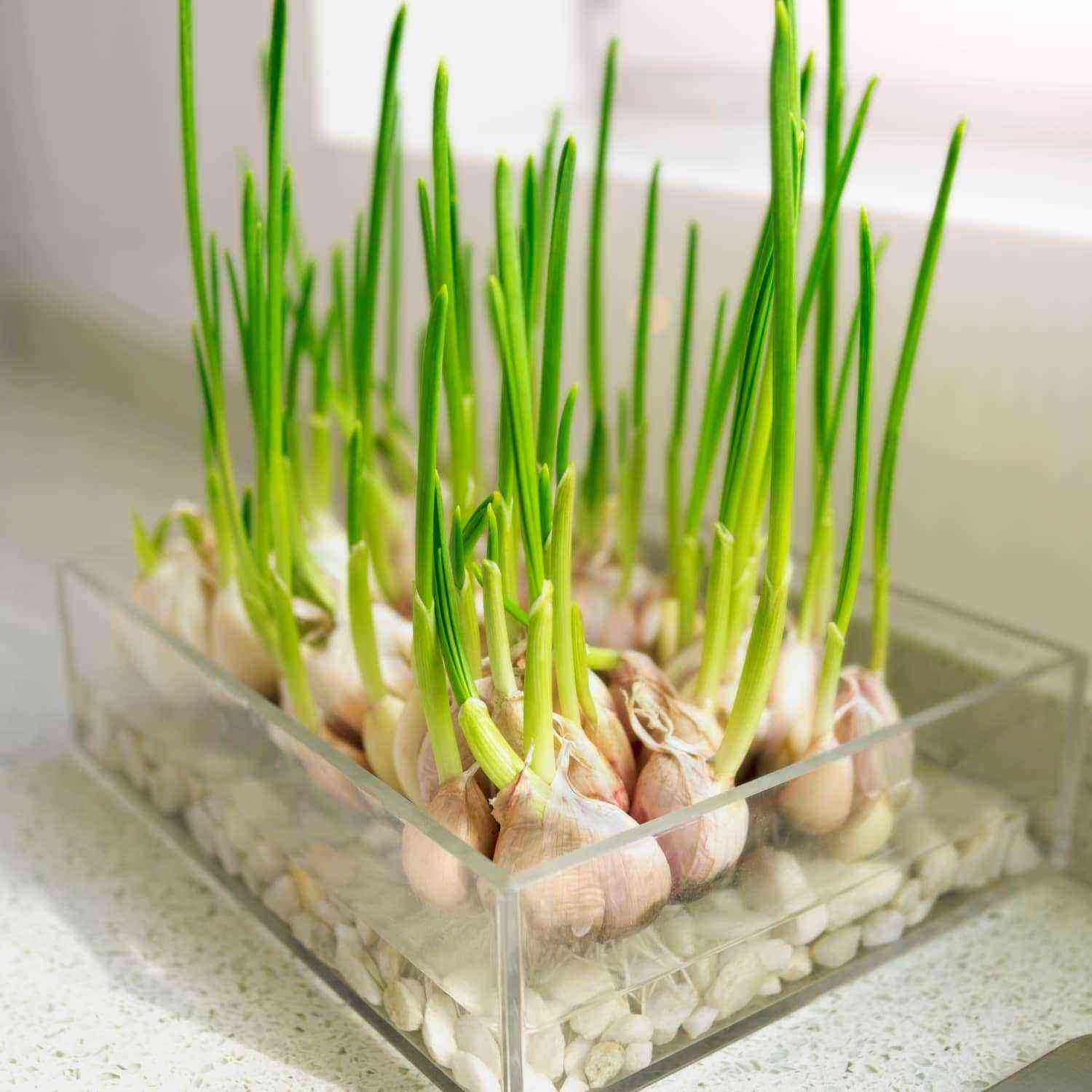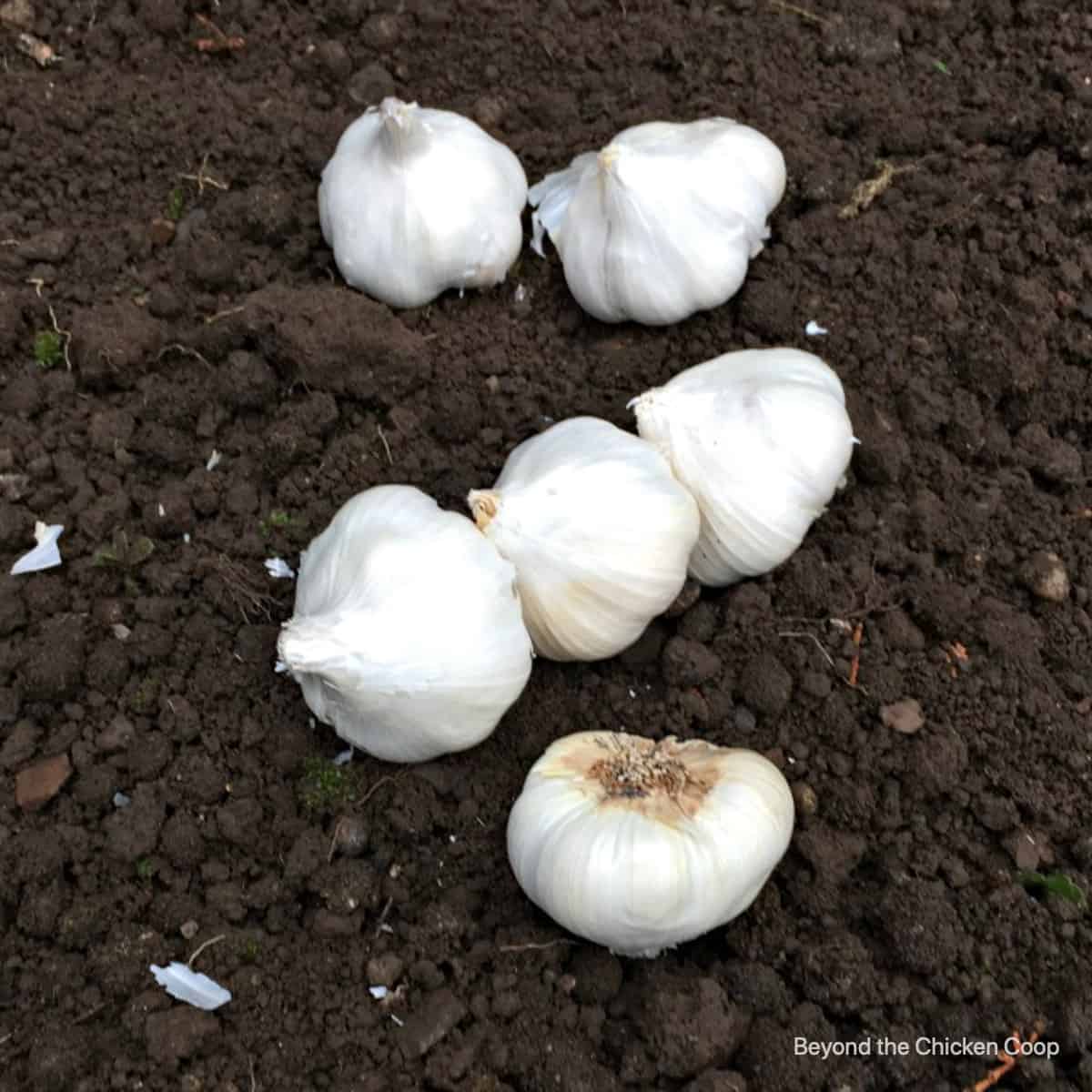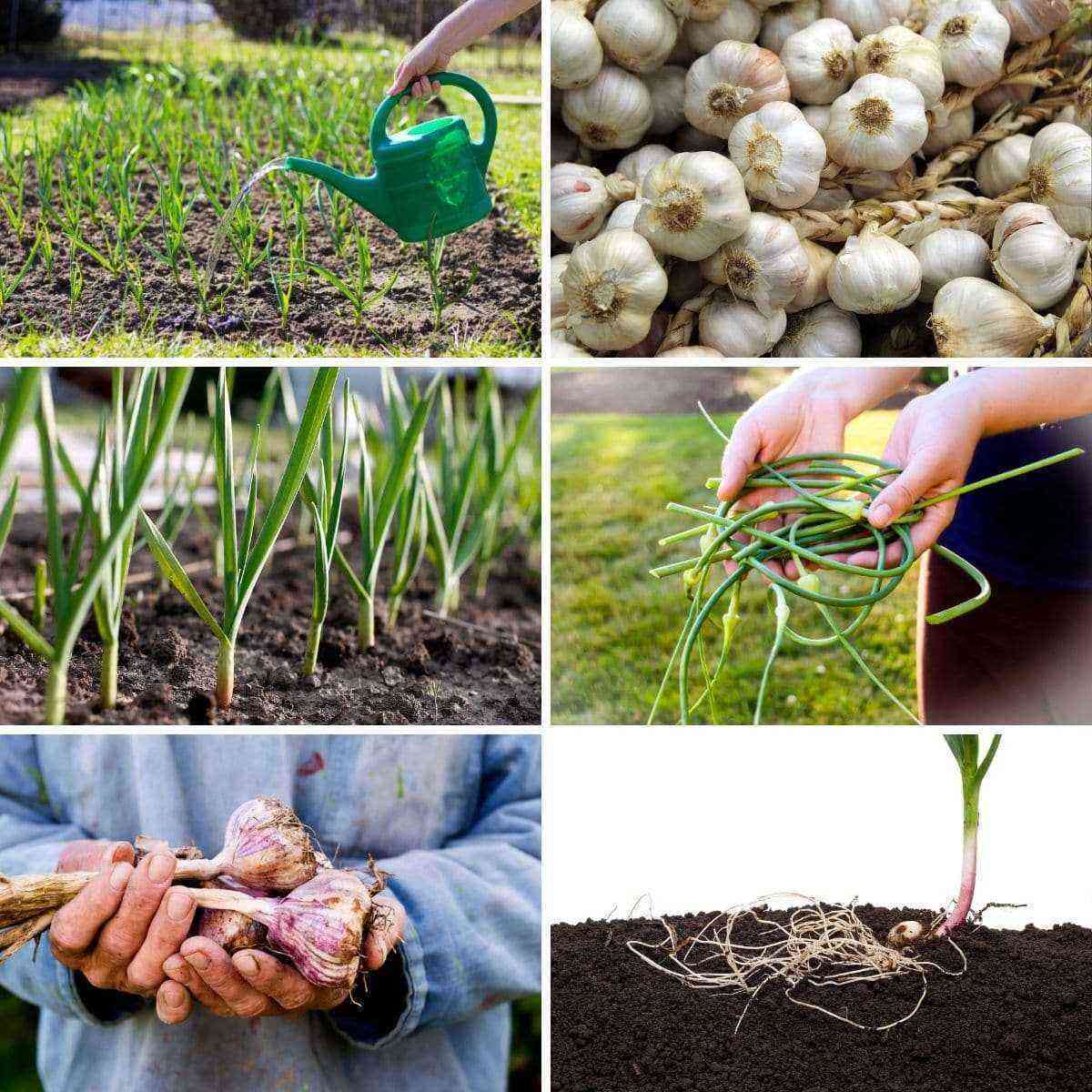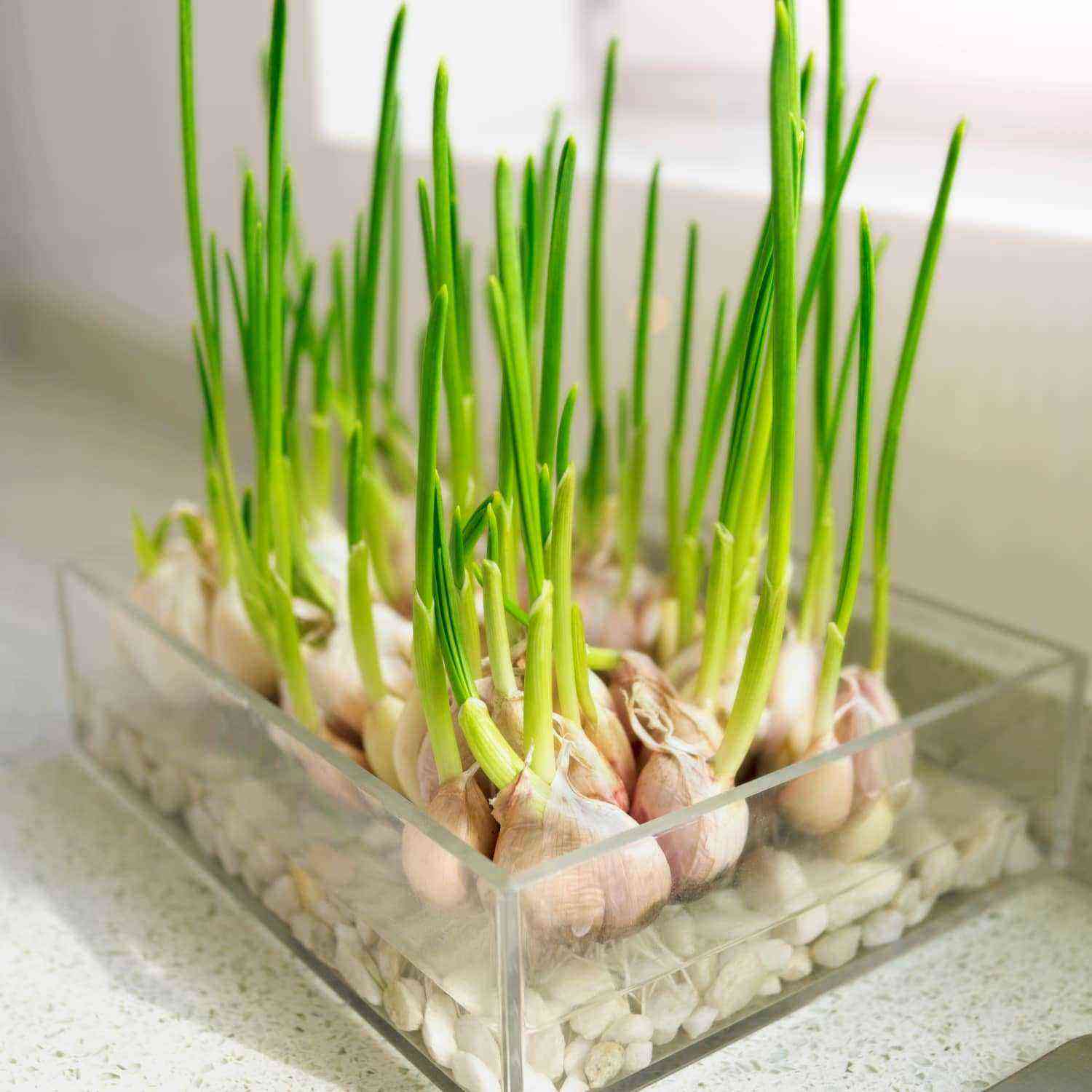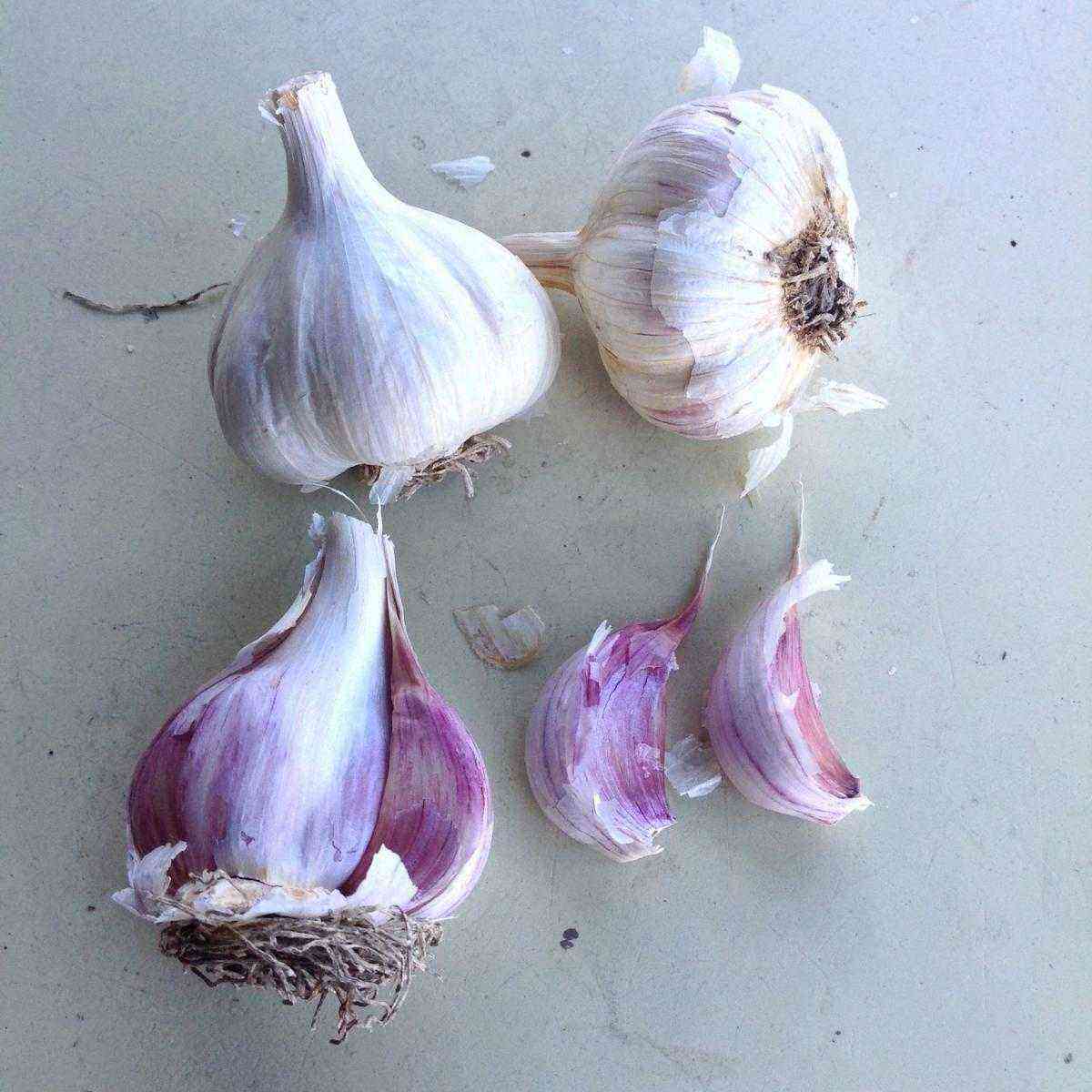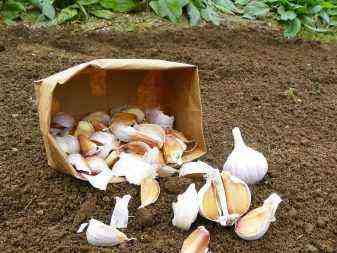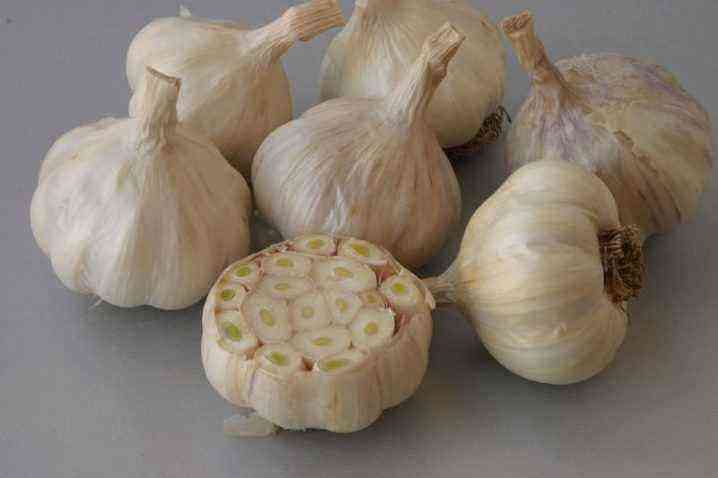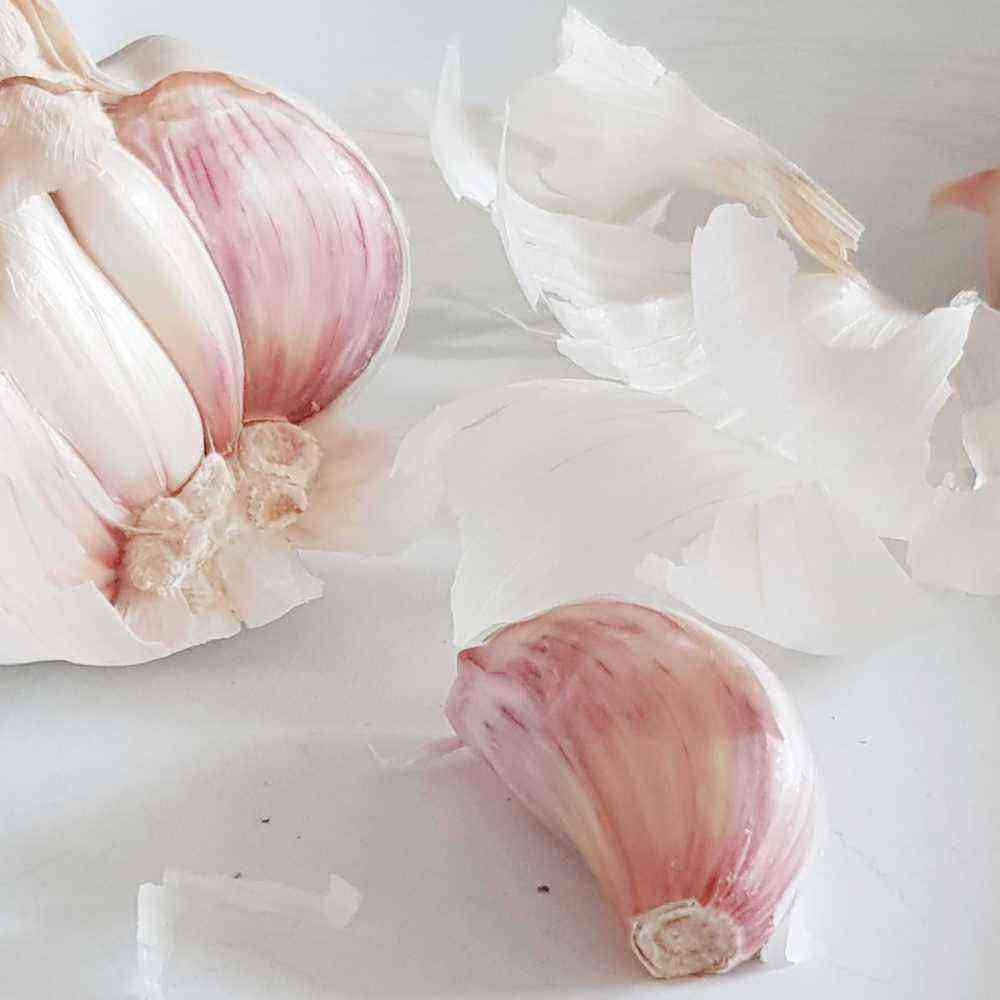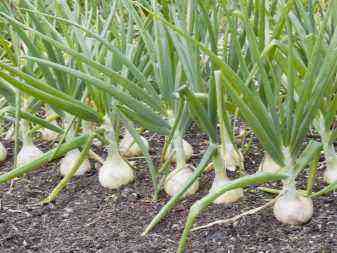Garlic is a popular crop in any garden. Salads, second and first courses rarely do without it. But in order to grow a good crop, which at the same time can also be preserved, it is necessary to follow the rules of crop rotation and know when to plant garlic.
The best predecessors
Compliance with crop rotation will avoid crop diseases, save energy and reduce time for fertilizing the soil, since it will already be supplied with all the necessary elements in sufficient quantities. Therefore, it is worth considering in more detail, after which plants you can safely plant garlic and count on its proper development and a good harvest. But there are general factors that should be considered when choosing predecessors when planting garlic before winter.
These include:
- root structure and features of their development;
- planting dates;
- bulbous susceptibility to certain diseases;
- soil composition needs.
Given that the roots of garlic are located quite shallow, then it takes all the useful substances from the surface layer of the earth. Therefore, vegetables with a more powerful root system, which extracts nutrients in the deep layers of the earth, are suitable as its predecessors. Successful plants will also be those that ripen quickly, which means they free up space for garlic.
But at the same time, a month should still pass before planting the teeth, this time will be enough to prepare the soil: dig, apply the necessary fertilizers, get rid of weeds.
Ciderates
On a bed freed from other vegetables, green manure can be sown before planting garlic, and then mowed and dug along with the ground. They will saturate the earth with useful elements and improve its quality. Suitable options for garlic:
- clover;
- mustard;
- lupine.
Rye and barley, although they also belong to the category of green manure, are not suitable in the case of garlic.
Vegetables
Among vegetables, there are many options that are suitable as precursors for garlic. These include:
- cucumbers;
- cabbage – white and cauliflower;
- peas, beans;
- pumpkin, zucchini and squash.
The listed vegetables are good each in their own way for garlic. When fertilizing, organic matter is introduced into the soil, which saturates the soil with useful elements. Cucumbers and cabbage do not have similar diseases with the onion family, so garlic will not “inherit” any problems in this regard. Pumpkins have the ability to loosen the soil well due to their powerful roots and saturate it with nitrogen.
Berries
Many summer residents organize the planting of garlic in the place where it used to grow strawberries or strawberries. But at the same time, the earth should be well dug up, fertilized in the form of rotted manure and compost. Due to space savings, garlic and strawberries are often planted together, alternating berries with bulbs. Or surround strawberries with garlic around the perimeter. In other cases, planting garlic after the berry is extremely problematic.
After all, it is in the vast majority of shrubs that are planted far from one year. But if suddenly the owner of the plot came up with the idea to destroy the plantings of currants, raspberries or gooseberries and plant new bushes in another place, then you can organize beds for garlic in this place.
Such options, probably, are also present in the dacha economy. But rather, this happens at the moment when the bushes become sharp, bear fruit poorly and do not bring the desired crop.
Greens
Like it or not, you can’t call greens the best predecessor for garlic. This is noted by summer residents and gardeners with extensive experience, highlighting parsley and parsnips, any spicy herbs. Perhaps, with a limited area and the inability to choose other predecessors, this option is used. But in this case, most likely, you will have to devote more time and effort to caring for garlic.
Why can’t you plant?
Cultures that are precursors for garlic should not have similar diseases and shallow root systems. Then it will be possible to maintain the necessary balance in the garden for the proper development of all plantings.
For planting garlic, bad predecessors are:
- carrot;
- beet;
- bow;
- spices.
At the same time, the topsoil is depleted, but fungal bacteria and insect pest larvae accumulate, all this greatly reduces the chances of garlic for successful development and ripening. Potatoes and tomatoes are also unsuccessful predecessors for garlic. Diseases to which they are prone can easily pass to garlic.
Useful Tips
If you follow the crop rotation, you will be able to grow garlic correctly and reap a good harvest. But not only this will lead to success. There are also very important points that are also worth considering, and they primarily relate to the proper care of the culture.
- Weeding and loosening the site – mandatory components for a comfortable “residence” of garlic in the beds. All weeds should be removed in a timely manner and crusting should not be allowed.
- Mulching will help retain moisture, reduce the growth of weeds and to some extent protect against pests. Sawdust or straw are suitable as mulch.
- Regular watering also needed by the plant. But they produce it as the soil dries up. In hot weather, 10-12 buckets of water go per square meter. In this case, watering is carried out in the early morning or late evening.
- Nitrogen supplements are also needed. The first is carried out immediately after the appearance of the first shoots, then another one after 14 days. In total, four top dressings are enough for the season. As such, rotted manure or urea is suitable. You can purchase ready-made versions of nitrogen-containing fertilizers in the store.
- Pests and diseases also can not bypass the garlic beds. Therefore, for the purpose of prevention, it is worth treating the beds with fungicides. If the disease has affected the crop, when the crop is to be harvested soon, it is better to use Fitosporin, which will not harm the future crop.
- Garlic should be harvested on time (spring – in August-September, winter – in late July – early August). If you miss the deadlines, it will be unsuitable for long-term storage. Harvest the garlic gently, prying slightly with a fork. Then they are dried in the shade in the open air, or spread out along the edges of the beds. After that, the roots and leaves are already removed.
After the garlic is removed, it makes sense to think about what can be planted after it next season. The same culture should not be placed on this site already. But the berries are quite possible, this will protect them from pests and diseases.
Tomatoes, cucumbers and legumes will also do well in these beds. The presence of garlic here before will do them good.


